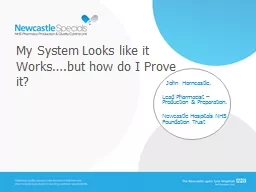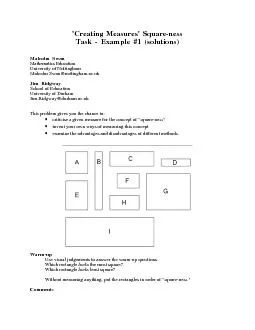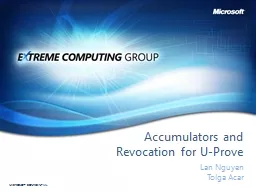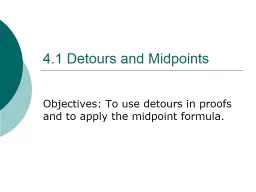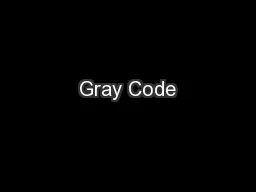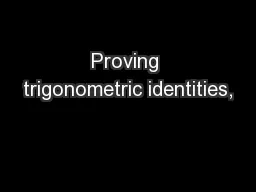PPT-My System Looks like it Works….but how do I Prove it?
Author : phoebe-click | Published Date : 2016-03-06
John Horncastle Lead Pharmacist Production amp Preparation Newcastle Hospitals NHS Foundation Trust Overview Introduction Why do we need to validate systems Defining
Presentation Embed Code
Download Presentation
Download Presentation The PPT/PDF document "My System Looks like it Works….but how..." is the property of its rightful owner. Permission is granted to download and print the materials on this website for personal, non-commercial use only, and to display it on your personal computer provided you do not modify the materials and that you retain all copyright notices contained in the materials. By downloading content from our website, you accept the terms of this agreement.
My System Looks like it Works….but how do I Prove it?: Transcript
Download Rules Of Document
"My System Looks like it Works….but how do I Prove it?"The content belongs to its owner. You may download and print it for personal use, without modification, and keep all copyright notices. By downloading, you agree to these terms.
Related Documents

